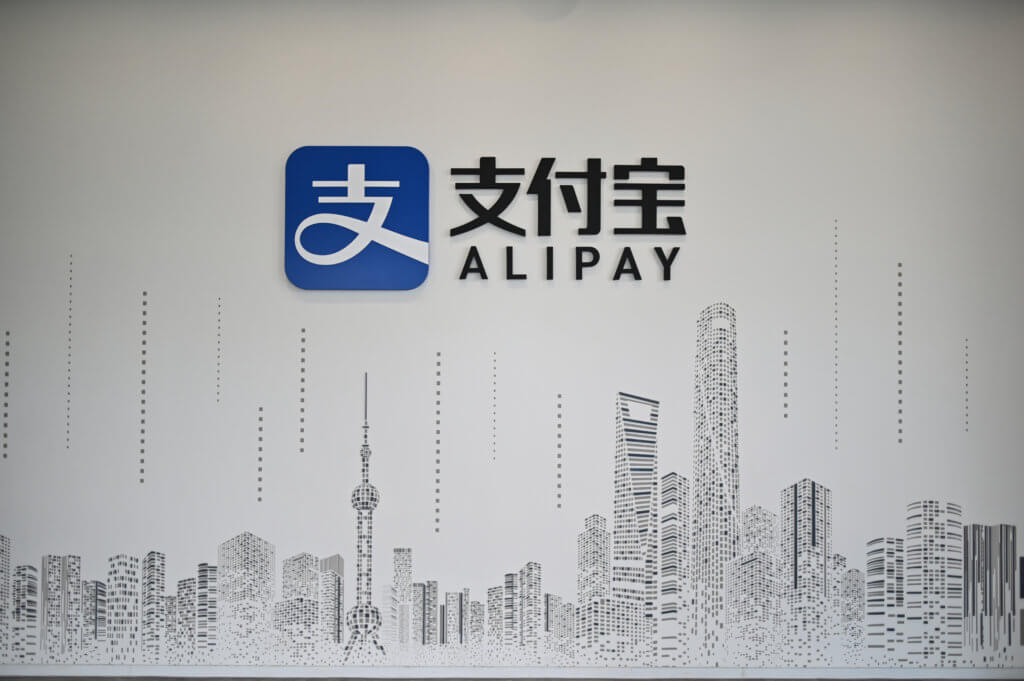
It’s no secret that international students pay high tuition fees to access quality education overseas. These transactions typically involve credit cards like Mastercard or Visa, as it is the simplest way to do international banking. However, they incur processing fees which cost institutions millions each year. In the spirit of embracing digital payments, another option is gaining popularity in major markets worldwide: e-wallets.
In China — where nearly one million international students come from — 78% of all digital transactions do not involve a credit card. E-wallets Alipay, WeChat Pay, and UnionPay are preferred. In India, this figure stands at 68%. When these students go overseas, they do not have the option of paying fees with familiar digital methods — a cause for worry among close to 70% of international students. It’s also stressful for university finance administrators.
“International transfers out of capital control markets are very tough and costly, not only to the consumer but also to the person seeking higher education abroad. Considering the actual payment preferences of those international students will really help universities capture a larger slice of that proverbial pie,” Tristan Chiappini, VP of Partnerships and Head of APAC at PPRO tells Study International. PPRO collaborates with local payment service providers to build a local payment infrastructure, which optimises digital payments for consumers. In higher education, this model focuses on easing transactions between international students and their universities.

Alipay is one of the main digital payment modes in China, yet international students cannot use it once they leave the country. Source: Hector Retamal/AFP
Digital payments slash costs
While it’s a simple idea, it can be quite complex to offer and accept local payment methods on a large scale. That’s where companies like PPRO comes in. “We remove this complexity by providing all that via a single integration, contract, and settlement to our payment service provider (PSP) customers, so they are able, in turn, to provide that to the merchant customers,” Chiappini shares.
Beyond convenience and familiarity, there’s a larger perk to switch to local digital payments: lower transaction fees. To show how much universities spend on transaction fees, PPRO conducted a survey on the most expensive universities in the world, which admit 11,197 international students on average each year. These students contribute US$500 million in tuition fees. Total credit card transaction fees? A whopping US$19 million, assuming a 3.5% surcharge. This cost is borne by the university.
“If you use a local payment method at 1.5% (transaction fees), it could drop to just over US$8 million. The immense size of the international education sector means that any reduction in the number of fees charged would actually be very significant,” Chiappini explains. These significant savings could be channelled towards campus facilities or research projects, which are far more crucial to the learning experience.
In a separate case study, a Singaporean university saved US$287,924 by offering Alipay as a payment method to Chinese students. E-wallet fees are lower than typical credit card fees, enabling the university to save 60% on the transactions. Chiappini believes that the efficiencies and cost-saving benefits of digital payments will encourage more universities to switch in the near future.

Allowing students and parents to pay with their preferred methods eases the transition abroad — which benefits universities, too. Source: Shutterstock
Local methods dominate globally
Many of us now shop, spend, save and borrow online. Robust digital infrastructures make this possible. With the growth of e-wallets across Asia in particular, countries accepting international students from the likes of China, Singapore, and Malaysia would do well to consider digital payment options with their respective payment service providers. Even students coming from European countries such as Germany, Ukraine, and Italy are shifting towards e-wallets such as Giropay, Qiwi, and Klarna. Students enrolling in universities come from developing, highly-connected regions. Yet, credit cards are still the primary mode of international transactions.
In future, as digital payments grow in popularity, universities will ultimately adopt them, Chiappini surmises. Challenges will be inevitable, for example, in integrating them into their legacy systems. Institutions are becoming aware of their cost-saving benefits, which also create a welcoming environment for international students. “We’ve actually seen an increase over this year from the various merchants or higher education companies that we have on our platform, as more users have adopted a digital kind of education mindset. That’s going to continue as these institutions actually tailor their offerings to cater more towards that market,” he concludes.










